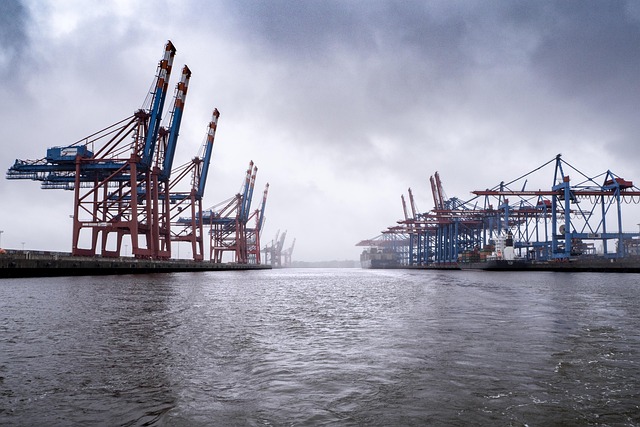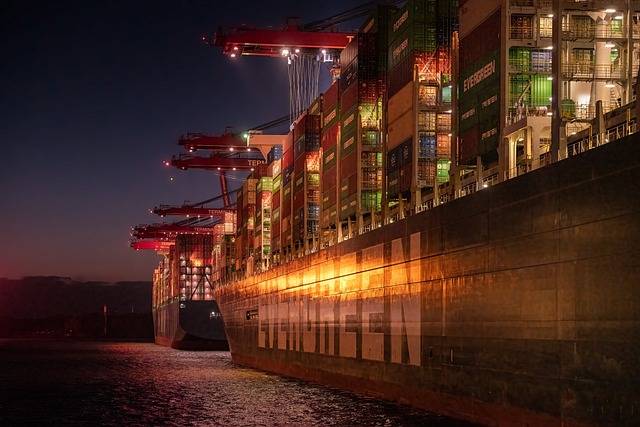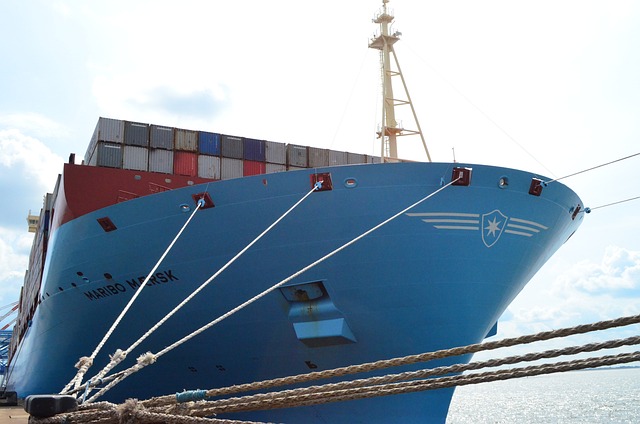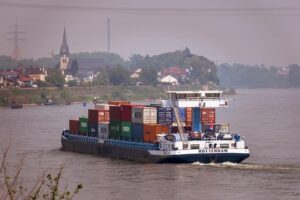Insulated Shipping Boxes with RFID: Tracking for Better Shipment Management
Insulated shipping boxes are crucial for safely transporting temperature-sensitive items, offering a…….

Insulated shipping boxes are crucial for safely transporting temperature-sensitive items, offering advanced insulation to maintain optimal conditions. They provide efficient solutions for pharmaceuticals and food products, with customizable sizes and eco-friendly reusable options. Integrating RFID tracking technology allows real-time monitoring of package location, status, and internal conditions, enhancing transparency and product quality control, especially in the food and pharmaceutical industries. To implement this system, businesses should invest in high-quality insulated boxes, strategically place RFID tags, install readers at checkpoints, and utilize dedicated software for data analysis, ensuring optimal shipment performance and enhanced logistics capabilities.
In today’s fast-paced logistics landscape, efficient shipment monitoring is paramount. Insulated shipping boxes, designed to maintain product integrity, now offer an advanced solution with Integrated RFID tracking. This technology enhances visibility throughout the supply chain, providing real-time data on package location and status.
This article explores the pivotal role of insulated shipping boxes in safeguarding sensitive goods while delving into the benefits of RFID tracking, and offering best practices for successful implementation. Discover how these innovative solutions are revolutionizing shipment monitoring.
- Understanding Insulated Shipping Boxes: Their Role and Benefits
- Integrating RFID Tracking for Enhanced Shipment Visibility
- Best Practices for Implementing Insulated Shipping with RFID Technology
Understanding Insulated Shipping Boxes: Their Role and Benefits

Insulated shipping boxes play a pivotal role in ensuring the safe and efficient transport of various goods, especially those that are sensitive to temperature fluctuations. These specialized containers are designed to maintain optimal conditions during transit, protecting their contents from harsh weather and extreme temperatures. By utilizing advanced insulation materials, these boxes create a protective barrier, preserving perishable items, medical supplies, or even food products, ensuring they arrive at their destination in the same condition as when they left.
The benefits of insulated shipping boxes are numerous. They provide a reliable solution for time-sensitive shipments, such as pharmaceuticals and vaccines, where maintaining cold chains is crucial. Moreover, these boxes contribute to reduced waste and environmental impact by offering reusable options, unlike traditional disposable packaging. Many manufacturers now cater to diverse needs with customizable sizes, from small packages to large containers, ensuring efficient packing and cost-effective shipping for businesses worldwide.
Integrating RFID Tracking for Enhanced Shipment Visibility

Integrating RFID tracking technology into insulated shipping boxes offers unprecedented visibility and control over the shipment process. Unlike traditional tracking methods that provide basic location updates, RFID enables real-time data collection, allowing shippers to monitor packages from origin to delivery with unparalleled precision. This advanced system utilizes radio waves to transmit information, ensuring accurate and instant updates on package status, location, and even internal conditions like temperature and humidity.
For instance, in the food and pharmaceutical industries, where maintaining specific temperatures during transit is crucial, RFID-enabled insulated shipping boxes can provide continuous monitoring. This data allows businesses to ensure compliance with regulatory standards, maintain product quality, and offer customers a transparent view of their shipment’s journey. By leveraging this technology, companies can streamline operations, reduce liability, and enhance customer trust in the delivery process, making it an indispensable tool for modern logistics.
Best Practices for Implementing Insulated Shipping with RFID Technology

Implementing insulated shipping with RFID technology involves best practices to ensure optimal tracking and protection for your shipments. Firstly, choose high-quality insulated shipping boxes that are specifically designed to maintain temperature stability throughout transit. These specialized boxes should be constructed from durable materials, featuring robust insulation and secure sealing mechanisms to safeguard contents against environmental factors. When selecting the appropriate box dimensions, consider the size and weight of your items while ensuring adequate space for placement of RFID tags.
For effective RFID tracking, deploy these tags strategically within the shipping process. Attach them securely to the insulated packaging or directly to the items inside. This enables real-time location updates and condition monitoring throughout the supply chain. Integrate RFID readers at key checkpoints, such as points of origin, transit hubs, and delivery destinations, for accurate data capture. Additionally, leverage dedicated software platforms that analyze and visualize tracking data, empowering you to make informed decisions regarding your shipping operations. Regularly inspect and maintain both the insulated boxes and RFID hardware to guarantee optimal performance, addressing any issues promptly to ensure seamless shipment monitoring.
Insulated shipping boxes equipped with RFID tracking technology represent a significant advancement in shipment monitoring. By combining effective temperature control with real-time visibility, these innovative solutions enhance supply chain efficiency and customer satisfaction. As the demand for sensitive goods continues to grow, adopting best practices for implementing insulated shipping with RFID becomes indispensable. Embracing this technology not only ensures product integrity but also allows for proactive navigation of potential issues, ultimately streamlining logistics operations.







